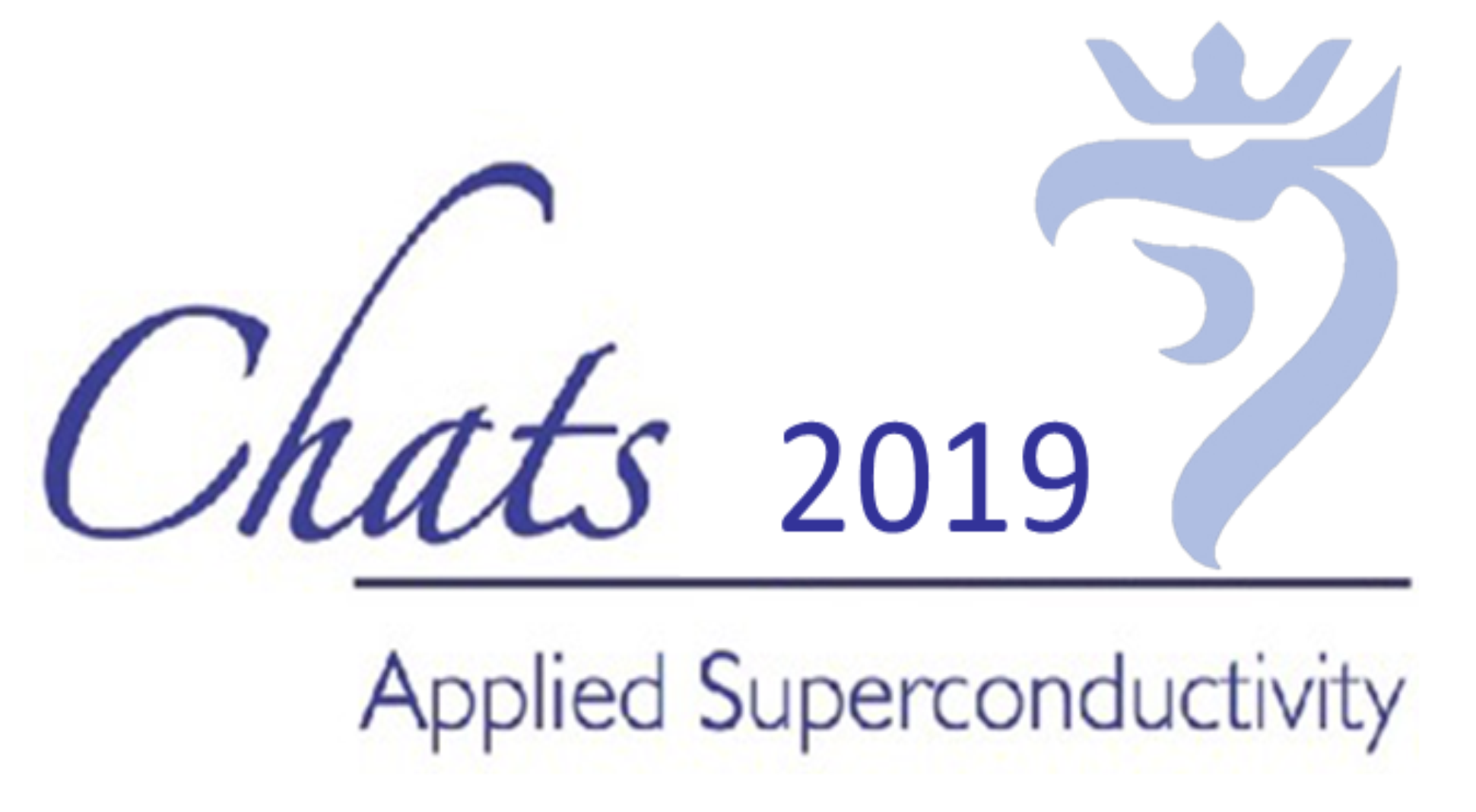CHATS on Applied Superconductivity 2019
Faculty of Mechanical Engineering and Mechatronics of the West Pomeranian University of Technology, Szczecin

CHATS AS 2019 will be held 9-12 July 2019, hosted by the Faculty of Mechanical Engineering and Mechatronics of the West Pomeranian University of Technology, Szczecin (WPUT) in collaboration with the The Henryk Niewodniczanski Institute of Nuclear Physics (IFJ), Polish Academy of Sciences, Krakow.
Objectives and Topics
CHATS-AS 2019 will be the 13th in a series of international workshops that have followed the advancements in the state-of-the-art of modeling of superconducting systems, from cables to magnets and other devices used for power generation and transmission, fusion, high-energy physics as well as other applications. CHATS-AS is focused on novel principles and tools in engineering design and analysis of superconducting systems. The Workshop also aims at building bridges between modeling and experiments, in order to validate the sophisticated analysis tools available with proper data sets. The CHATS-AS 2019 welcomes contributions fitting this scope, with a particular interest in the following topics:
- Quench simulation and analysis for all classes of LTS and HTS magnets (e.g. accelerator, fusion, MRI/NMR, and other applications) and devices (e.g. power cables).
- Quench detection and protection of HTS magnets: novel concepts, models and experiments.
- Electro-mechanical modeling of Nb3Sn and HTS magnets.
- Multi-scale modeling of cables and magnets made of LTS and HTS materials, and their relation to the strand or short-sample performance.
- Simulation and optimization of large-scale superconducting and cryogenic systems, covering the combination of thermo-hydraulics, AC loss, current distribution, field quality, and operating margin calculations.
- Modeling in support of the design and development of cryocoolers, and conduction-cooled superconducting devices.